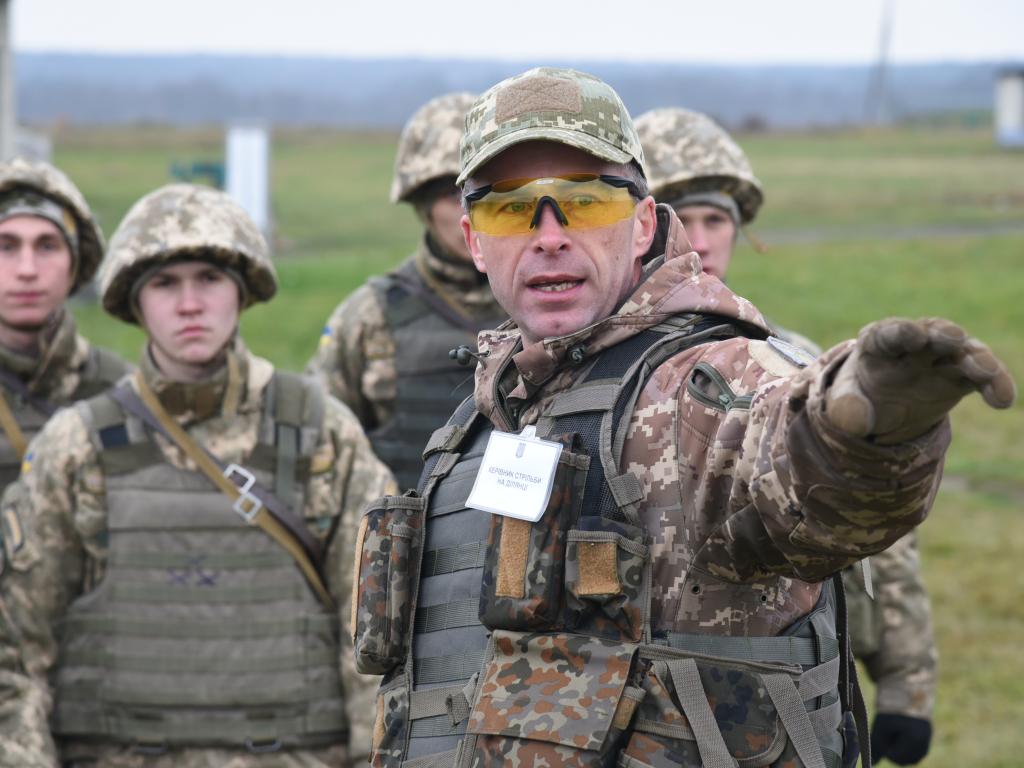
Today, the Faculty of Combat Use of Forces is one of the largest teams of the National Army Academy. More than 100 research and teaching staff are involved in the training of cadets, including more than 20 research and teaching staff of the highest category (doctors and candidates of sciences). A significant number of officers, including the faculty's academic staff, participated in the anti-terrorist operation and are now transferring and implementing this experience in the educational process.
The main task of the faculty is to train officers for mechanized and tank troops and to provide basic knowledge and skills to future officers of other specialties.
In the classrooms of the faculty's departments, cadets of all specialties and specializations of the National Academy are trained in the following disciplines: “Tactics”; ‘Organization of military communications’; ‘History of wars and military art (including the history of the Ukrainian army)’; ‘Small arms and firearms training’; ‘Automotive technology (including automotive training’; ‘Driving combat vehicles’; ”Combat system of survival of soldiers (including Military Medical Training)”, ‘Organization of Military Command (including NATO Staff Procedures)’, etc., and the specializations ‘Management of Mechanized Forces Units’ and ‘Management of Tank Forces Units’ additionally study such disciplines as: “Management of actions of mechanized units”; ‘Management of actions of tank units’; ‘Fire training’; ‘Arms and shooting’, ‘Structure of armored vehicles’, ‘Operation of armored vehicles’, ‘Fundamentals of armored vehicles repair’. The faculty pays special attention to field training of personnel. During the practical training, which takes place at the field base of the National Academy, the personnel acquire practical skills in fire, tactical training, driving combat vehicles, etc. Senior cadets are involved in the role of instructors at training sites, which makes it possible to improve the level of methodological training of personnel and their professional skills.
The participation of graduate cadets in command and staff exercises is active, during which cadets get practice in the procedures of NATO member states' headquarters; study NATO topographic maps, capabilities and procedure for using the JCATS simulation program; gain experience in organizing interaction at various stages as part of battalion groups (holding positions in accordance with their specialty); get practice in organizing combat operations with practical results of decisions made in their positions.
